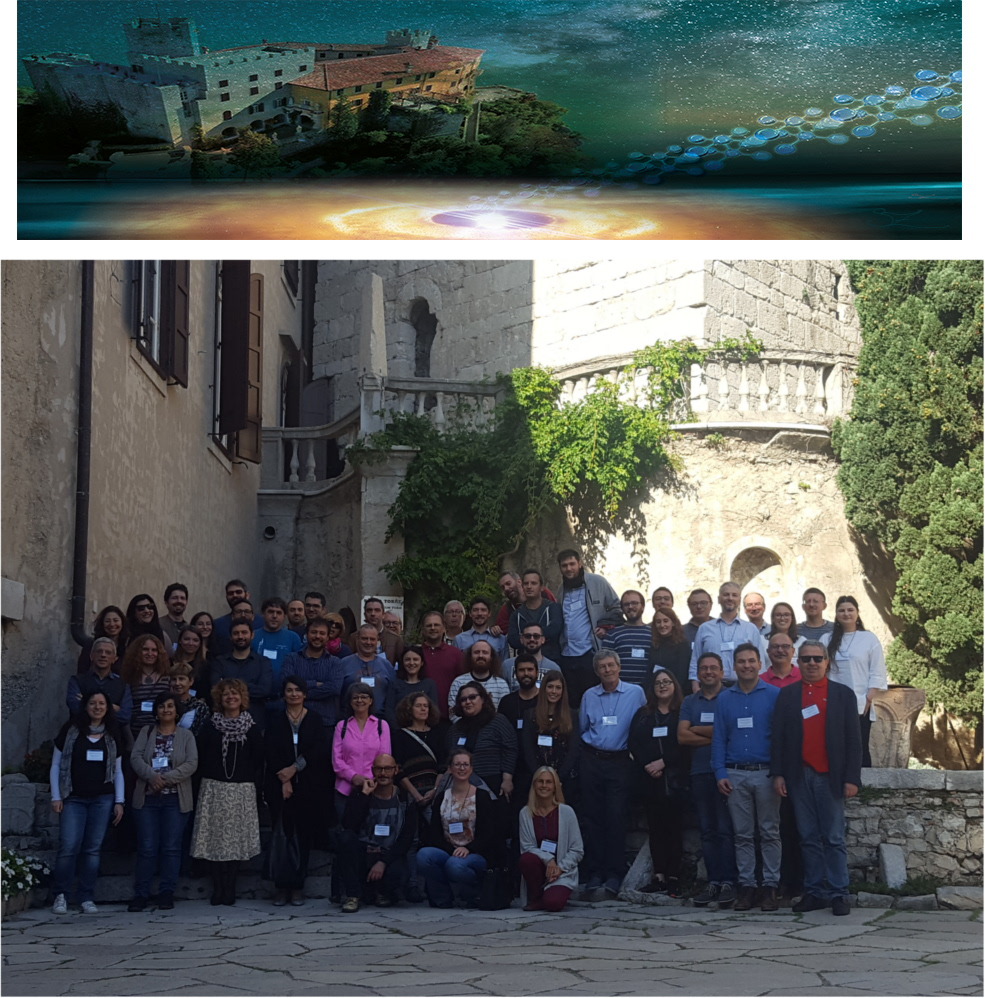Speaker
Description
The identification and quantification of molecules in space relies on spectroscopic methods (in particular rotational spectroscopy) and laboratory work is essential to provide the community with the spectral features needed to analyze the cosmological surveys.
Many of the molecules searched for in space, are complex organic molecules, which show a high degree of molecular flexibility. The high number of low energy conformations and the presence of large amplitude motions on shallow potential energy surfaces are peculiar to this kind of systems giving rise to very complex rotational spectra, which represent a challenge for spectroscopic and computational methods.
Experimental strategies for the rotational spectroscopic study of flexible organic molecules include the use of the cold and isolated conditions of a free jet expansion and heated sources for the non-volatile systems while the computational methods must deal with complex conformational surfaces, large amplitude motions and tunneling splittings of the rotational transitions.
As examples, we will discuss amides and thioamides. Amides are organic compounds with the -CO-NH- chemical functional group, well known in biology as the results of linking reaction between two amino-acids to form a peptide bond. The smallest amides: formamide and acetamide have been already characterized in laboratory and then observed in the interstellar medium through radioastronomy measurements. The detection of larger amides and their Sulphur analogues (thioamides) in space, require a preliminary laboratory study, aimed at the detection and assignment of their rotational spectrum. Here we present the results of the investigations carried on some amides and thioamides using the supersonic expansion techniques in the range 59-118 GHz and the comparison of the recorded spectra with public available astronomical datasets.

